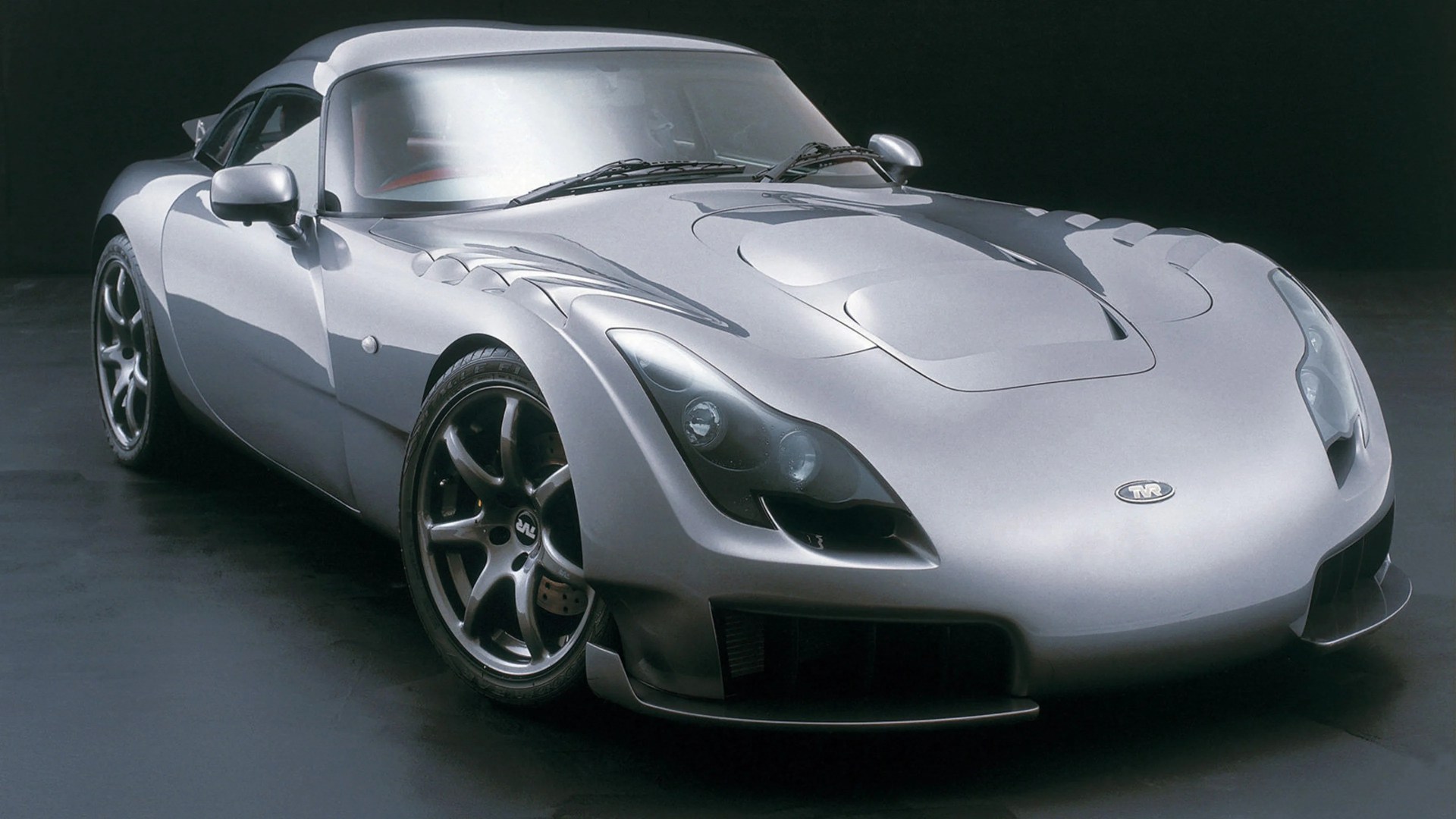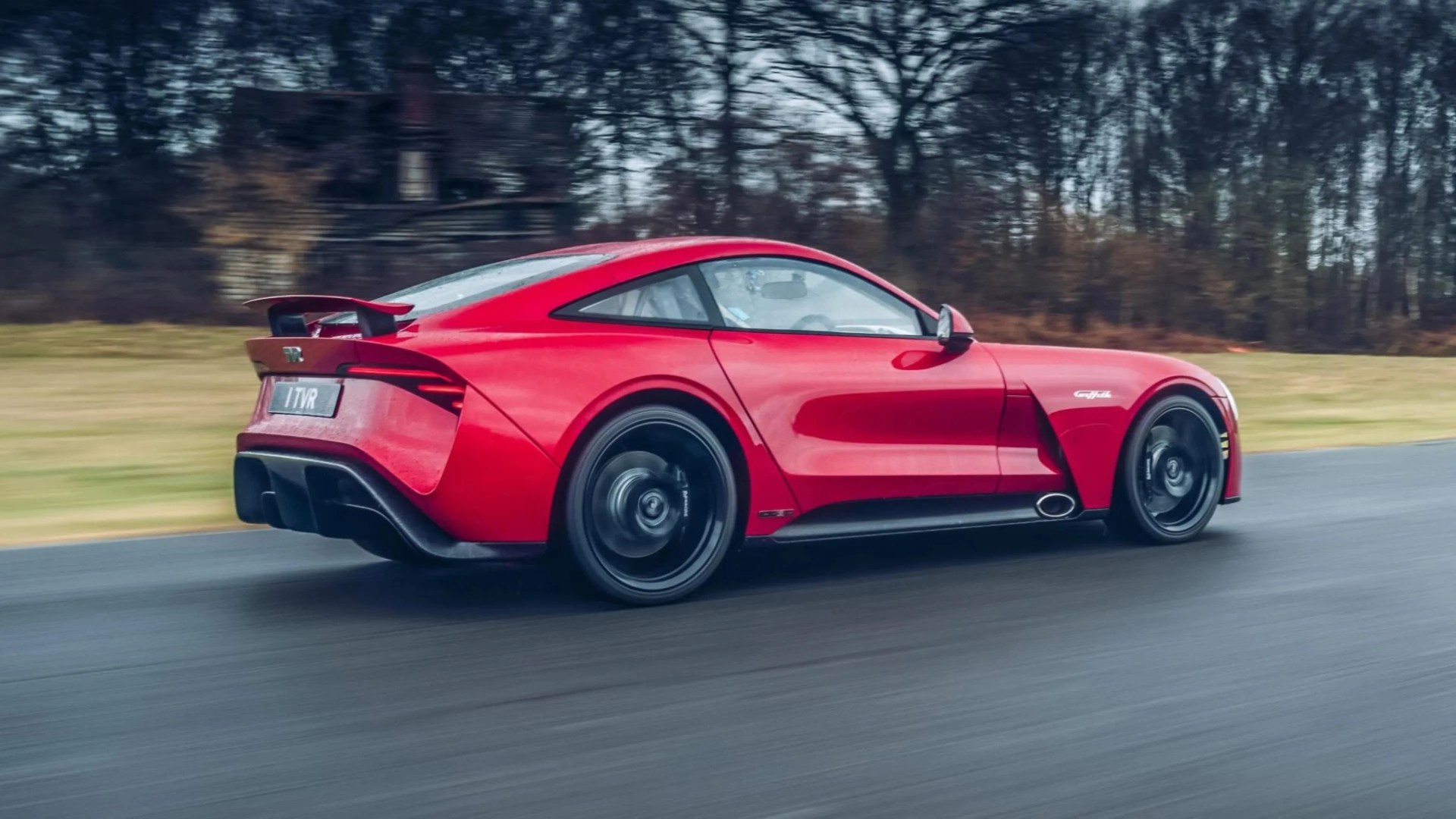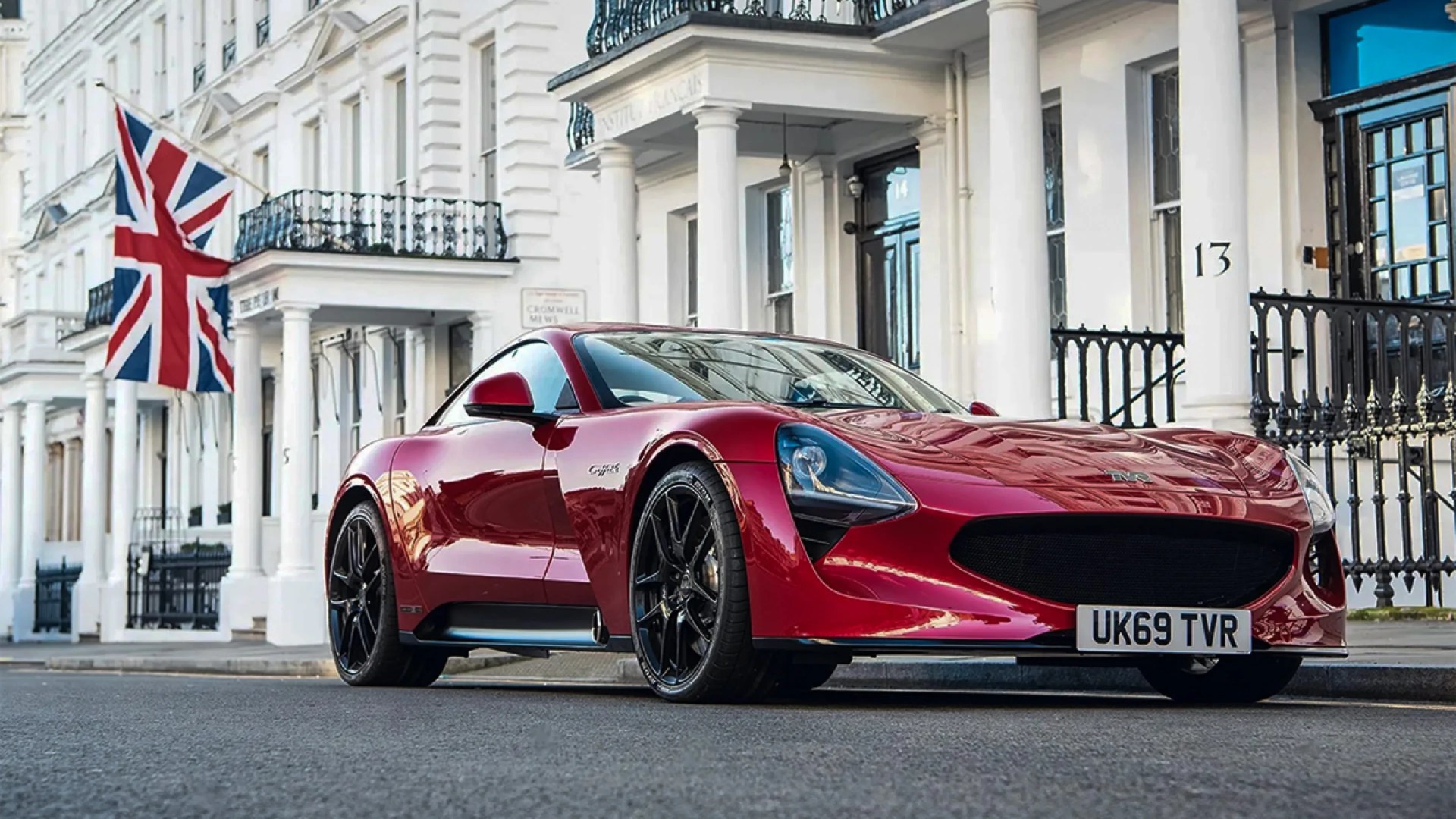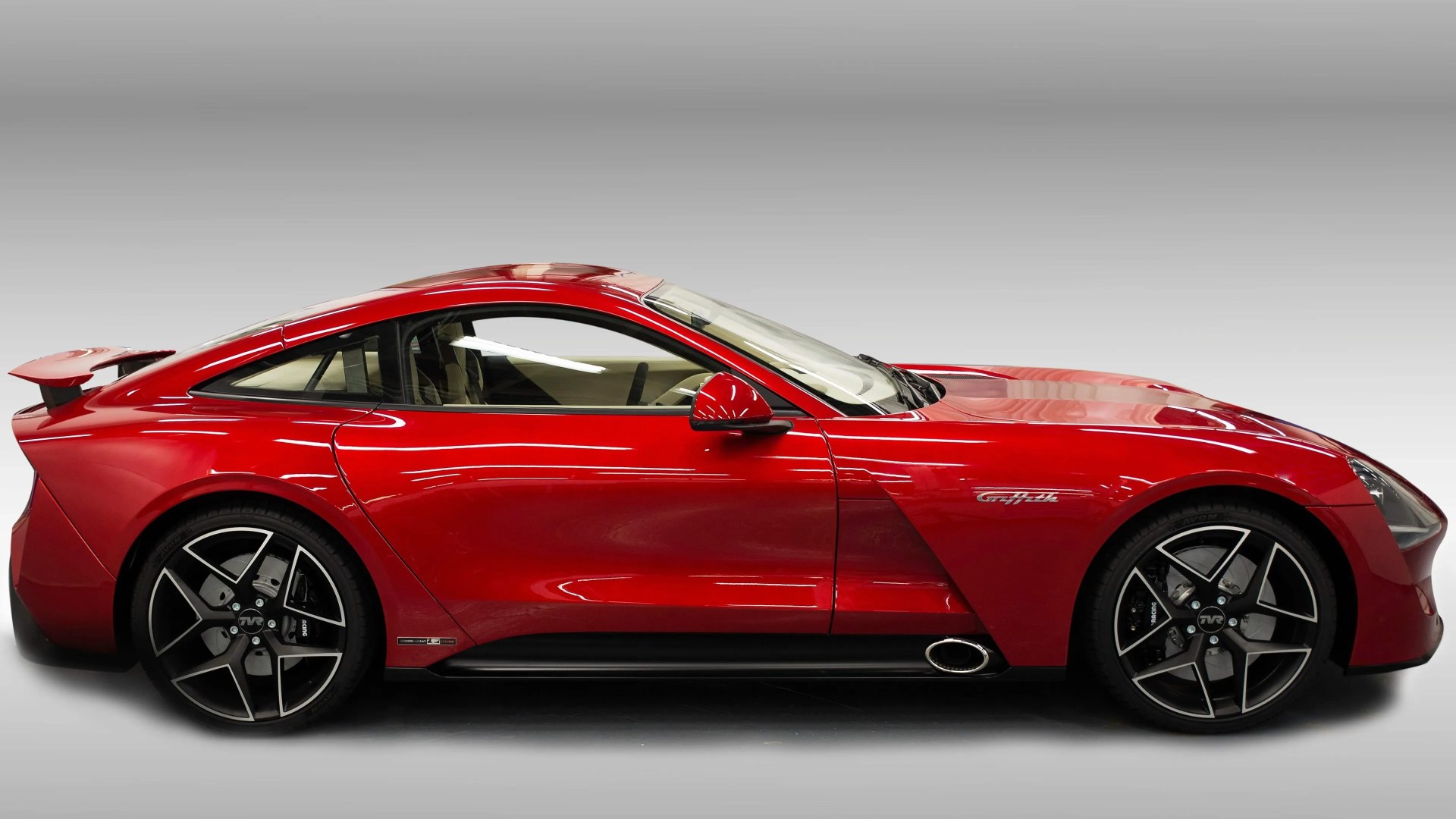TVR, one of Britain’s coolest and most obscure boutique automakers, is back. Again, supposedly.
Charge Holdings, the owner of Charge Cars, a UK-based firm that specializes in restoring and converting classic cars into resto-modded electric vehicles, recently issued a press release announcing its acquisition and revival of the iconic automaker.
If you’ve never heard of TVR, it’s a small British-based automaker known for making some of history’s most esoteric sports cars. Founded nearly three-quarters of a century ago, the company hit its peak in the ’60s, ’70s, and even the ’90s, making some of the world’s most unique sports coupes and convertibles.
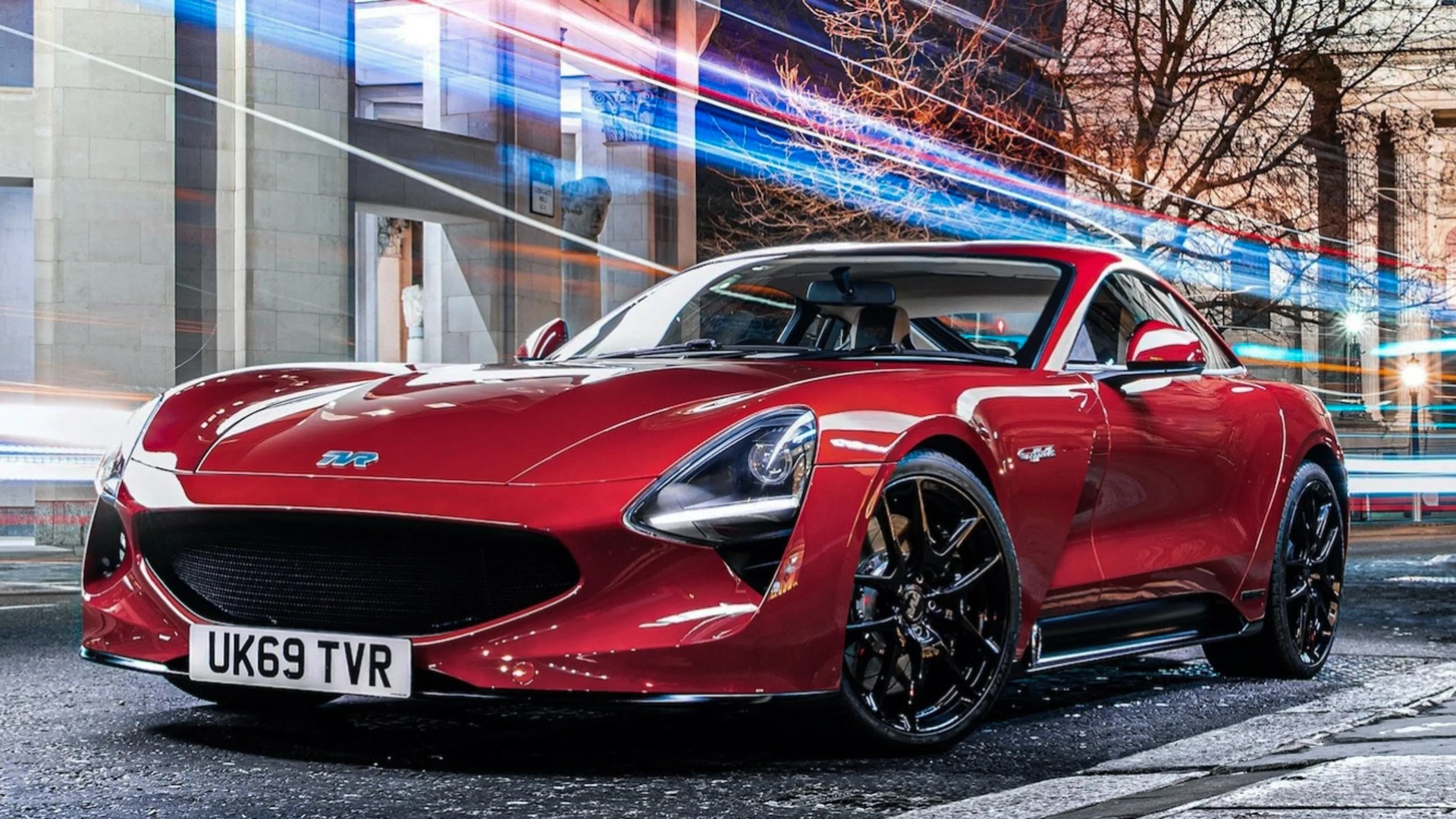
But if you’ve never heard of it before, that’s okay. It’s had quite a rough history and has been in and out of existence. Which is why its return makes for an even more interesting story.
Helping to define Britain’s love for tiny, lightweight, sports cars
TVR might be one of Britain’s lesser-known nameplates. But they’re still often paralleled among the likes of MG, Triumph, Austin-Healey, Lotus, Morgan, Caterham and even Jaguar and Aston Martin.






